MUTATION: GENERAL BENEFITS TO HUMANS.
When we hear of gene mutation, we are forced to think of its harmful consequences like cystic fibrosis, sickle cell anemia, cancer, phenylketonuria and a lot more. Evolution however talks about selective changes that take place in other to prolong the survival of a selected species.
Evolution of genes is for the purpose of prolonged survival but it tends to go south most of the times as can be seen in sickle cell anemia which is originally intended to increase resistance to malaria. In life, everything has a good and bad side to it. I dwelt on the unusual harmful consequences of gene mutation last time. This time, I’ll be dealing on the benefits surrounding gene mutation.
Just to take us down memory lane, I had highlighted the three processes necessary for the transfer of information from one generation to another generation viz-a-viz: Replication, Transcription and Translation. An error in any of these processes results in mutation and can lead to grave or beneficial consequences. The benefits of gene mutation are outlined below.
1. Mutation of the Apo-protein A1 (Apo-A1) to Apo-protein A1-Milano (Apo-A1M):A basic knowledge of cholesterol gives you an insight into the characteristics of good and bad cholesterol. Good cholesterol otherwise known as High Density Lipoprotein (HDL) is known to transport cholesterol from the arterial walls to the liver for degradation and recycling thereby reducing the risk for atherosclerosis which predisposes an individual to a heart disease and a stroke.
The bad cholesterol also known as Low Density Lipoprotein(LDL) does the exact opposite and increases the risk for atherosclerosis. Apo-A1 is an HDL and thus reduces risk for atherosclerosis. Some individuals in Italy predominantly however possess the mutant form of Apo-A1 known as Apo-A1M (Apo-Lipoprotein A1-Milano) which is way more efficient than the Apo-A1. These individuals have a very low risk for atherosclerosis and other heart related diseases as Apo-A1 is very efficient in transporting cholesterol and fats from the walls of arteries to the liver.
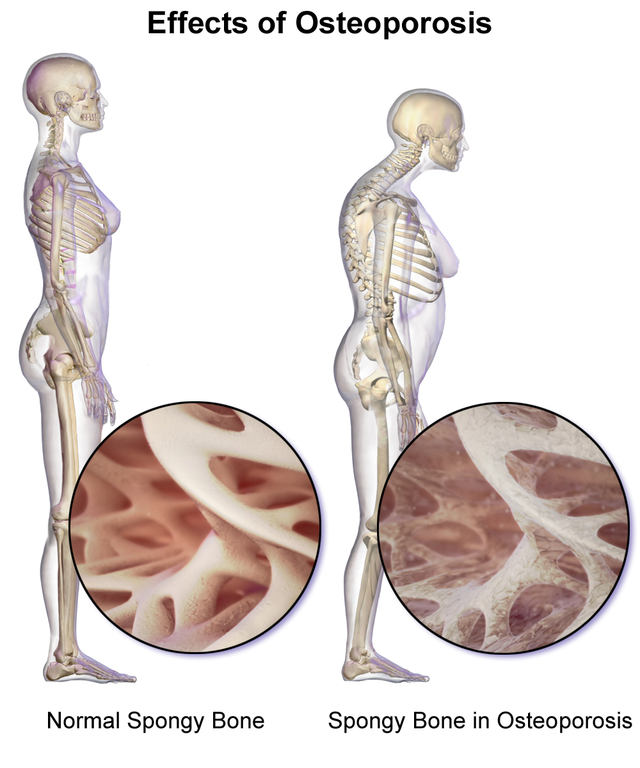
Source
2. Mutation of the LRP5 gene (Low Density Lipoprotein receptor related protein 5): The LRP5 gene is known to regulate bone density and thickness. Mutations leading to the alteration of the LRP5 gene has led to osteoporosis (a condition which causes fragility of the bones).
Some mutations however have led to the increased function of the LRP5 protein coded for by the LRP5 protein thus leading to a subsequent increase in bone density, mass and thickness. Individuals have been recorded with this rare special condition and it’s been a learning curve for pharmaceutical companies who intend to produce drugs that can use this principle to increase bone density aiding people with osteoporosis and other diseases related to the bone.
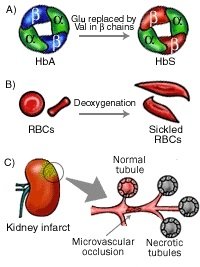
Source
3. Mutation of the HbA gene to the HbS gene: Individuals who are homozygous (possessing two HbS genes) for the HbS gene are known to possess sickle cell anemia whereas individuals who are heterozygous (Possessing one HbS gene and one HbA gene) for the HbS gene are known to possess high resistance to malaria.
Now, look at that ! The mechanism by which heterozygosity for the HbS gene results in malaria resistance is quite interesting. The malaria parasite, Plasmodium falciparum (in most cases) is known to attack red blood cells(RBC) weakening the body system as less nutrients and oxygen are transported. In a HbS heterozygous individual, only normal RBCs are attacked and the sickled RBCs are spared and thus can perform the functions of the normal cells, albeit to the lesser extent, while the normal cells are being formed. This keeps the body in normal condition amidst the attack by the malaria parasite. The homozygous individual has no chance both of their normal RBCs will be attacked by the parasite and they are prone to illness.

Source
4. Possession of tetrachromatic vision: Ever wondered why the Facebook, Twitter and messenger app logos are all blue ? Well, all their CEOs are colour-blind. This isn’t a fact, I’m just trying to be funny. We have all seen the series Kyle-XY but many never thought why Kyle has an XY attaches his name. Well, this may hold no correlation whatsoever but males have the XY gene while females possess the XX gene.
This means that females have backup X gene and thus X-related mutation would have no effect on women since they can easily replace the defective X chromosome with a back up. Males however have no back up and thus are mostly victims of this condition. Baldness, hemophilia and color blindness are X-linked diseases conditions so that’s why they are seen exclusively in males. Humans possess three cones which aid them in differentiating lights of various colors.
The genes that codes for the cones for green and red light are present on the X chromosome while the gene that codes for the cone for blue light is present on chromosome 7. Mutation in the X chromosome may lead to green or red color blindness. Mutation in red or green genes often disables it but there’s been speculation in what could result of mutation in either of these genes enhances it by shifting the colour range to which it responds. In a man, there wouldn’t be much difference as he would still possess the same three colors but to a woman, they’ll be a presence of all red, blue and green colors on a single X chromosome and a defective color cone on the second X chromosome leading to her acquiring the ability to see colors that the rest of us can’t see since she now possess four different color cones (ability possessed only by birds and turtles). This is extremely rare but very exceptional.
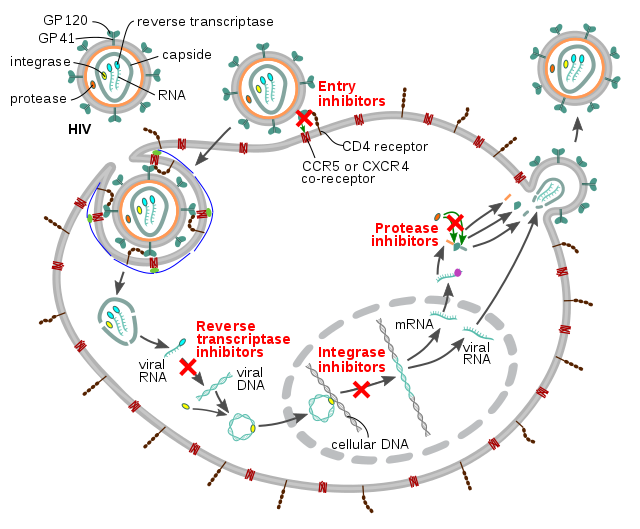
Source
5. Resistance to the HIV-1 Virus: The C-C chemokine receptor type 5 also known as CCR5 or CD195 is a protein found on white blood cells. The HIV-1 Virus is known to use this receptor as a co-receptor to gain entrance into white blood cells, arresting its natural function and being able to weaken the body’s immune system.
Some fortunate individuals however possess the mutant form of the CCR5 protein called the CCR5-Δ32 and thus have resistance to the HIV-1 Virus. In biological systems, specificity is very important and thus a molecule will have to fit 100% to its receptor to be able to gain entrance into a cell. The virus cannot gain entrance into the cells of these individuals since the mutant CCR5 protein is slightly different from the original CCR5 protein and thus offers no threat. This is a very interesting benefit of gene mutation.
REFERENCES:
BENEFITS OF GENE MUTATION
IMAGE SOURCES
All images used here are from wikicommons, licensed under the Creative Commons and eligible for commercial use.
THANKS FOR READING
I am a proud member of steemSTEM
Join our discord channel to meet interesting STEM gigs 😀.
Also follow @steemstem to see interesting STEM post on #distilled.
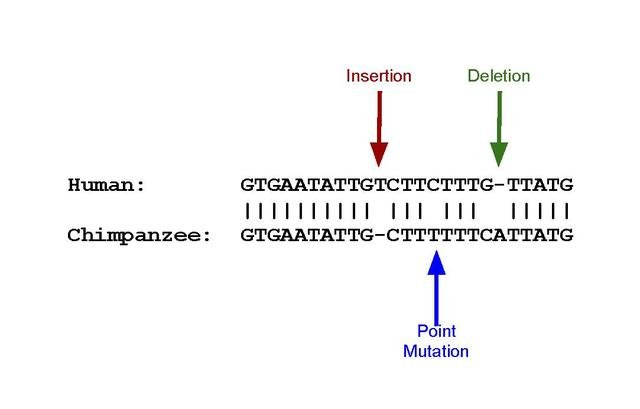
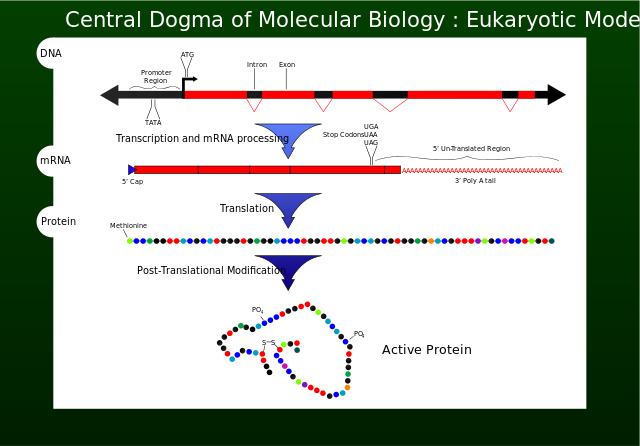
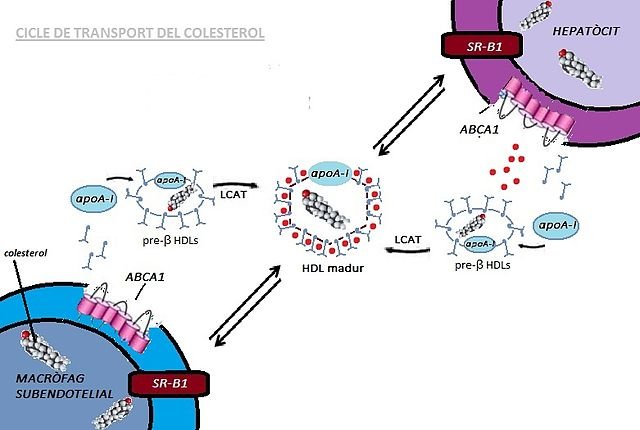
Being A SteemStem Member
@Air-clinic
Hi @Floare,
I would like to direct your attention towards Lioyd Pye, and his research regarding the origins of the human specie.
Let it be known, that I do not claim to hold the Truth of this matter; it is mere a suggestion, I thought of in relation to your post and interests there of.
In - joy - your - day